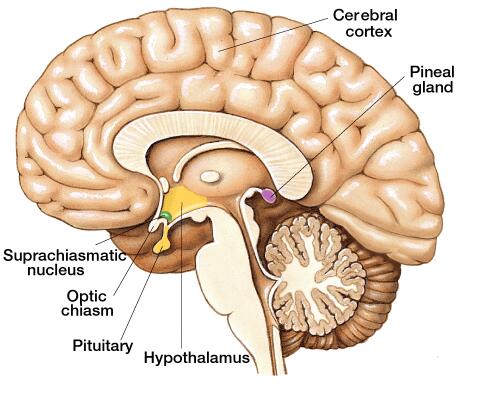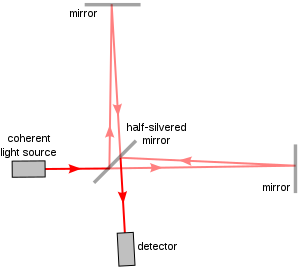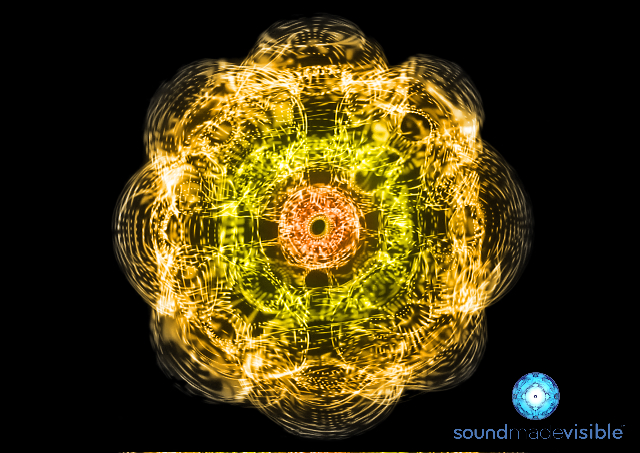 Posted by Vivek
(here)
Posted by Vivek
(here)
Alright, so in this video Jung gives the statement, "We are the origin of all coming evil."
This is a very powerful statement, because when we break it down we can see that the origin of evil is something internal. There is no supra-physical evil entity with the freewill to rationalize it's future actions in order to maximize it's malevolence.
Don't ask me to prove it because I can't. What I can do though is ask you to entertain some of the following ideas.
Let's look at a thought. There is the tangible brain, made up of fleshy matter; then there is the mind, not so tangible.
When I think of an apple, an MRI could show which area of neurons is firing, but what about the visualization I'm seeing in my head of the apple?
What about our mind's eye, what about our imagination?
Esoterically there are two types of manifestations of energy - the gross and the subtle.
Strictly speaking, the gross is all of the aspects that we can quantitatively measure and physically observe.
The subtle is the energy that isn't manifested in a way we can observe physically. It is fine as opposed to gross.
According to Physics there is observable, visible matter and then there is dark matter (and dark energy). Don't equate dark with 'not light', you could have an x-ray light bulb on in a room and it would still be dark (even though x-rays are a form of light). Physicists call it 'dark' because they can't see it, but they know it's there because they can indirectly measure it by it's effects on familiar matter.

Are you seeing the correlation yet? Esoterica versus Physics?
Gross and subtle, visible and dark.
Brain and mind.
Below is the Freudian model of the psyche.

I initiate a thought.
Apple. A gross, physical process takes place consciously. This is the neuronal synapses taking place in the brain - above water in the Freudian model. Also, below water - subconsciously - the intangible subtle thought of the apple emerges (submerged).
Now, according to Jung there are two basic substrata underlying consciousness. These are the personal unconscious and the collective unconscious.


In the personal unconscious are complexes. The apple becomes a complex when certain emotions and feelings are tied to it. Take Snow White for example, she has a bad apple complex. Whenever she sees an apple she becomes hysterical. On a personal unconscious level, her experiences have molded and attached certain things to the thought of an apple that when ever she sees a physical apple her thoughts color the reality with her thought complex of an apple.
Then there is the collective unconscious.
Collective unconscious is a term of analytical psychology, coined by Carl Jung. It is proposed to be a part of the unconscious mind, expressed in humanity and all life forms with nervous systems, and describes how the structure of the psyche autonomously organizes experience. Jung distinguished the collective unconscious from the personal unconscious, in that the personal unconscious is a personal reservoir of experience unique to each individual, while the collective unconscious collects and organizes those personal experiences in a similar way with each member of a particular species.
http://en.wikipedia.org/wiki/Collective_unconscious
According to Jung, in the collective unconscious there are archetypes.
The origins of the archetypal hypothesis date back as far as Plato. In the seventeenth century Sir Thomas Browne and Francis Bacon both employ the word 'archetype' in their writings, Browne in The Garden of Cyrus attempts to depict archetypes in his citing of symbolic proper-names. Jung himself compared archetypes to Platonic ideas. Plato's ideas were pure mental forms that were imprinted in the soul before it was born into the world. They were collective in the sense that they embodied the fundamental characteristics of a thing rather than its specific peculiarities.
The concept of psychological archetypes was advanced by the Swiss psychiatrist Carl Jung, c. 1919. In Jung's psychological framework, archetypes are innate, universal prototypes for ideas and may be used to interpret observations. A group of memories and interpretations associated with an archetype is a complex ( e.g. a mother complex associated with the mother archetype). Jung treated the archetypes as psychological organs, analogous to physical ones in that both are morphological constructs that arose through evolution.
http://en.wikipedia.org/wiki/Archetype
So in our Snow White example, she may also have an evil stepmother complex. This complex along with her bad apple complex may associate themselves with the Mother Archetype. If Snow White ever gets a good mother her complexes may color the experience for her and she would be living in the perverted version of how her mind is interpreting reality.
Let's pretend these archetypes are real (I didn't say alive). They would exist in the field of the physicists dark energy, the yogis subtle realm, and the psychologists subconscious world. They would have to be made up of something, some stuff (i.e. subtle or 'dark'). A construct of this energy - the same energy your thoughts are made up of in your mind.
Esoterically I think this would be in the astral plane.
So there are these archetypes in the astral plane. I'm going to throw in thought-forms, egregores, angels, demons and yes - souls.
Picture all of those I just mentioned floating around as lifeless shells, with programming and no free will. That sounds too mystical, so let's instead say that the shell is wired like an open loop control system. They are wired for a specific function. Similar to Sri Aurobindo's typal beings - they play a part, they serve a purpose.
Picture these lifeless shells as spiritual solenoids. Very advanced solenoids, but unconscious. Solenoids convert energy into motion.
If our conscious thought is a form of energy and we direct it at one of these solenoidal energy constructs then it converts that thought energy into movement - which we subjectively would interpret as will power and through the lens of our personal subconscious we project agenticity onto this now animated shell.
The lifeless rope becomes a dancing snake.
So what about evil? What was Jung saying in the video at the beginning of this post?
There's a saying - guns don't kill people, people kill people. Same concept with this. The potential for evil exists, we make it real - we collapse the wave function.
There is a scene in The Matrix when Neo gets unplugged and wipes the blood from his lip after fighting Morpheus in a simulation program. Neo is puzzled and says, "I thought it wasn't real", to which Morpheus replies, "Your
mind makes it real."
It's not a matter of whether the devil or God exists, it's a matter of buying into your beliefs. This means that by giving the energy of your thoughts away you sell yourself out, if you really believe it. This isn't about believing though it's about understanding better and claiming your power back. There is a middle ground without all of the shades of grey.
There is evil in the world, but maybe instead of executions we should be giving out exorcisms and education on these matters.
These are just ideas. Not statements of fact.
Here is Philip Zimbardo on
The Psychology of Evil:










 Reply With Quote
Reply With Quote

 .
.





















Bookmarks